Pushing It To The Limit: 2013 MacBook Air Battery Life Tests
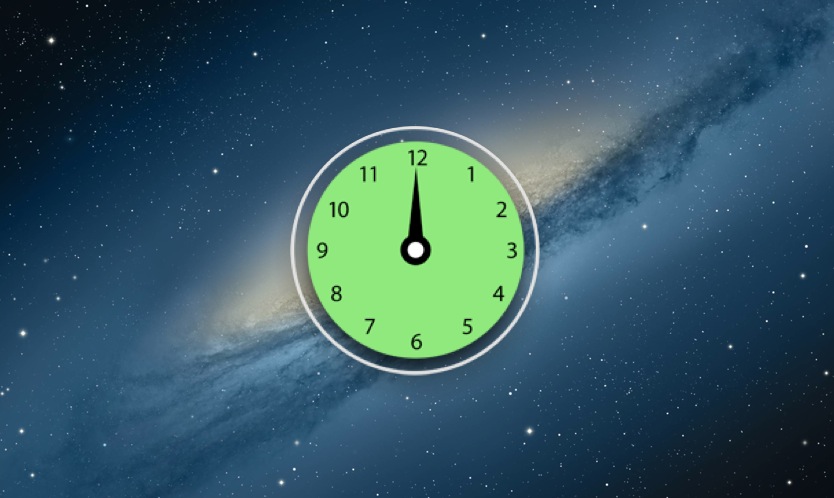
When Apple released the 2013 MacBook Air in June, the company leveraged the increased power efficiency of the Haswell platform to provide significantly improved battery life. After spending some time testing the new MacBook Air’s 802.11ac Wi-Fi performance, we turned our attention to power efficiency. Just how accurate are Apple’s impressive claims for the 2013 MacBook Air battery life?
Testing Hardware
We’re testing an entry-level 2013 13-inch MacBook Air, with a 1.3GHz Core i5 CPU, Intel HD 5000 GPU, and 4 GB of RAM. As a comparison, we also ran the same tests on a 2011 13-inch MacBook Air powered by a 1.7GHz i5 Sandy Bridge CPU, with Intel HD 3000 graphics and 4 GB of RAM.
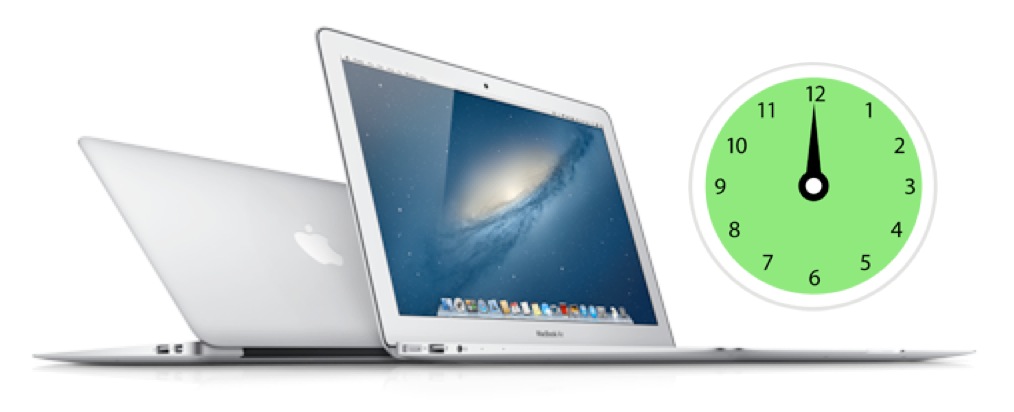
The 2011 model has seen moderate use since we acquired it nearly two years ago, so the tests should not be construed as measuring an absolute performance delta between the two models in “optimal” conditions. With a relatively low battery cycle count at the start of the tests of 131, however, the results do help paint an interesting picture of how far the technology has progressed.
Both systems feature clean installs of OS X 10.8.4, the latest publicly available version of OS X at the time of this article’s publication.
Testing Methodology
For each scenario, battery life was measured using an Automator script which placed a time stamp into a text file on the desktop every 30 seconds. At the end of each test, we powered the Mac back on and used the first and last time stamp to calculate total running time.
During each test, all background software and services were disabled except for Wi-Fi and the applications needed during the test. Each Mac’s power options were configured to keep the display on at all times, and settings such as the screensaver and automatic backlight dimming were turned off. The screen backlight was set to 5 bars for all tests and the volume to 50 percent for video tests.
We examined four scenarios, described below. Each test was performed twice, and the results were averaged.
Maximum Endurance: For this test, we wanted to first see just how far we could push things so we tested an idle situation with the screen on but no running applications. Wi-Fi was also enabled, but no applications accessed it other than background system-level tasks such as checking for software updates. While this is a completely unrealistic scenario, we sought to determine a “baseline” for battery life. In other words, no matter how lightly you use your Mac, this is the maximum battery life you could ever receive.
Moderate Workflow: Using a specific Automator script, this test attempted to recreate a moderate workflow. The test actions are as follows:
1) Open a website (tekrevue.com); pause 30 seconds.
2) Open a second website (nytimes.com); pause 30 seconds.
3) Open a third website (espn.com); pause 30 seconds.
4) Open and create a new text document in TextEdit; pause 20 seconds.
5) Open the Mail app and pause for 20 seconds to let any new messages download.
6) Close all applications; pause 5 seconds.
7) Repeat.
While everyone’s specific workflow will vary wildly, we think this simulates a common scenario for light work and browsing while on the go.
Video Playback: For those long flights and trips, we wanted to see how well the new MacBook Air handled video playback time. Using the 1080p iTunes Store version of the 2009 Star Trek reboot, we set the video to loop using QuickTime 10.3.
Stress Test: Just as our Endurance Test was unrealistically idle, this test may be unrealistically intense. Using the Stress Test feature of Geekbench 2.4.3, we tested a punishing scenario in which each Mac’s CPU was pegged to the limit. It’s not necessarily wise to perform such lengthy CPU-intensive tasks while running on battery, but it’s good to know what you can expect if the need arises.
Test Results
Here are the results, measured in minutes, for each test.
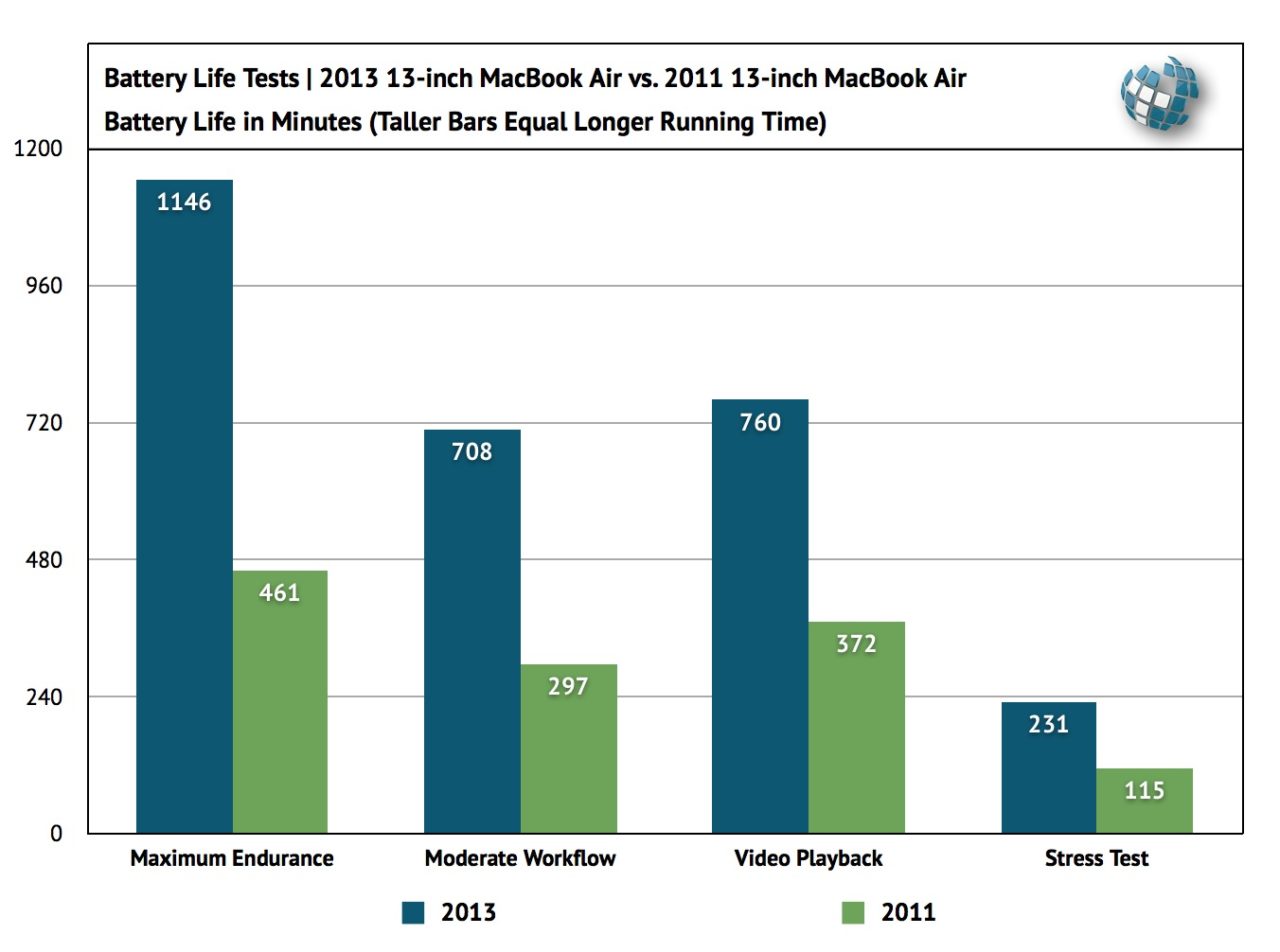
The claims about 2013 MacBook Air battery life are not exaggerated. Our moderate workflow test resulted in 708 minutes of running time, or 11 hours and 48 minutes, just shy of Apple’s advertised 12-hour limit. That’s a 138 percent improvement over the 2011 model’s roughly 5 hour result.
Even better, our video playback test gave us 12 hours and 40 minutes of playback time. That’s long enough to watch six two-hour movies on a single charge, more than even the latest iPad. The 2011 model lasted 6 hours and 12 minutes, an impressive number prior to the 2013 model’s introduction.
Demonstrating just how good the efficiency improvements brought by Haswell are, our Endurance test provided absolutely epic results. In an idle state, the new MacBook Air can sit there for just over 19 hours, ready to jump into action at a moment’s notice. This compares to only about 7.7 hours for the 2011 model. That’s right, the new MacBook Air can perform a moderate workflow for more than 53 percent longer than the 2011 model can last while in an idle state.
Finally, our stress test, as expected, hit these Macs hard. Still, even with the CPU pegged to the limit and the fans running like crazy, 2013 MacBook Air owners can expect nearly 4 hours of running time on the go, compared to less than 2 hours from the 2011 model.
The 2013 MacBook Air battery life is simply incredible, and for many users it may be reason alone to upgrade to the latest models. These results also make us excited to see what Apple has in store for the MacBook Pro refreshes expected for later this year.
Are there additional scenarios you’d like us to test? Let us know in the comments or send us an email. We’ll also turn our attention to testing battery life under OS X Mavericks as we near the public release.











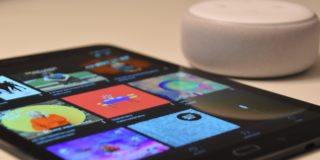
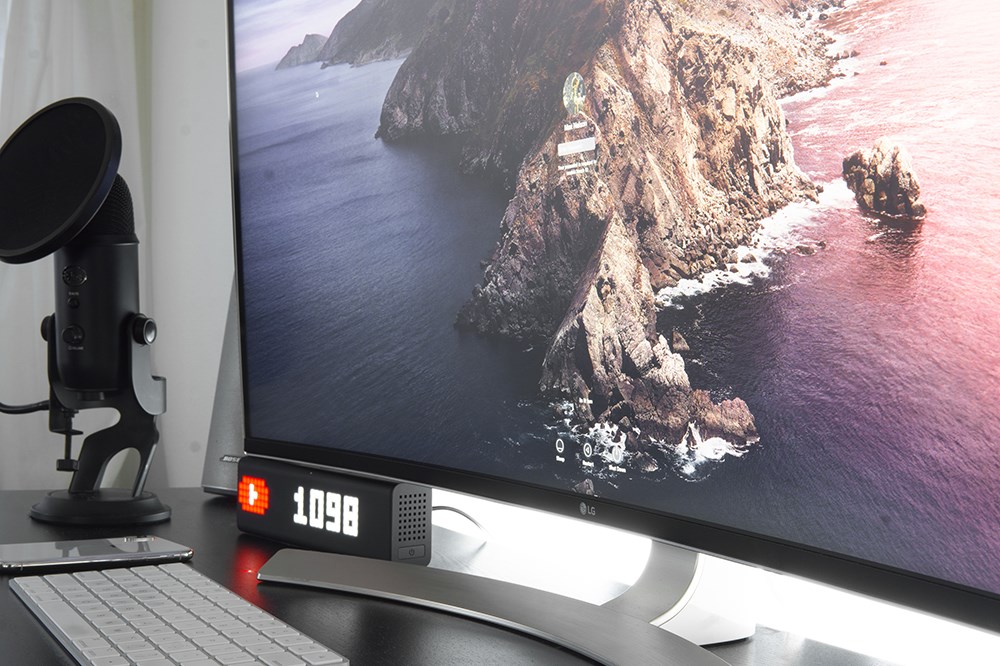








4 thoughts on “Pushing It To The Limit: 2013 MacBook Air Battery Life Tests”
We currently don’t have an 11-inch model in our test suite. We’ll work on getting one and post test results for that model if we can.
I’ve bought the new 2013 11-inch and would be interested in how this compares to the previous model and against the 13-inch. I know it will not be as good as the 2013 13-inch, but wonder how it compares with the previous generation 13-inch.